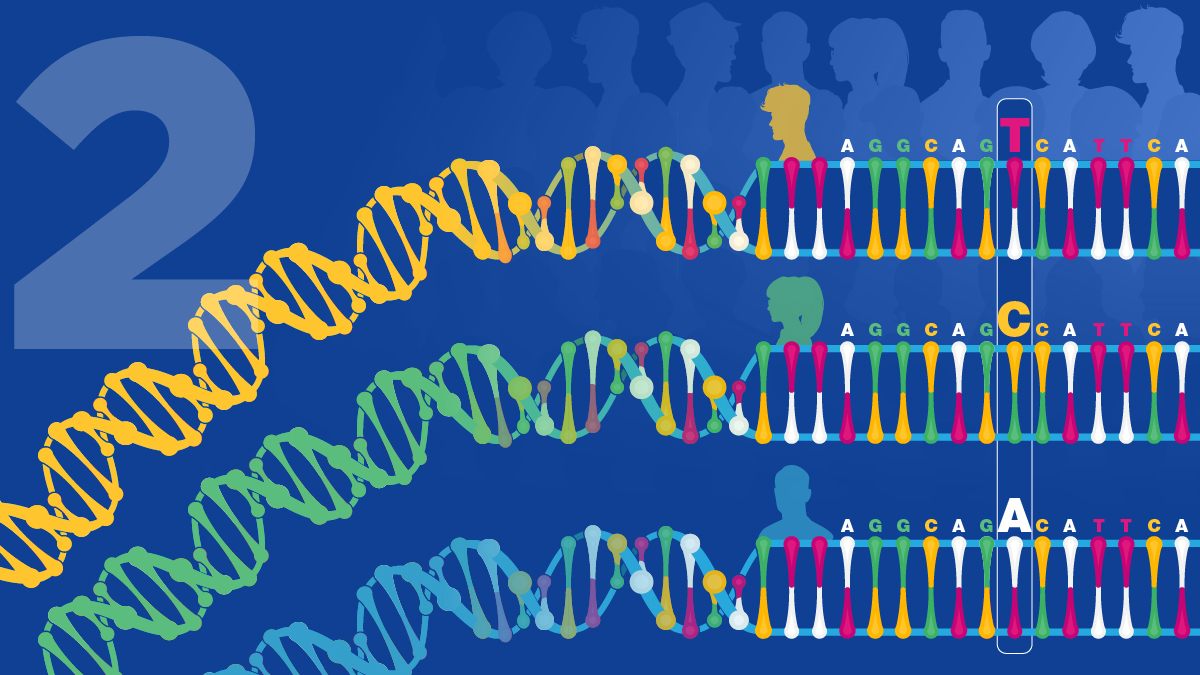
Way back in the 1990’s scientists were hard at work decoding the human genome, trying to map and understand all the genes that make up people. At the time there was a sense of hope, a feeling that once we had decoded the genome, we’d have cures for all sorts of things by next Thursday. It didn’t quite turn out that way.
The same was true for stem cell research. In the early days there was a strong feeling that this was going to quite quickly produce new treatments and cures for diseases ranging from Parkinson’s and Alzheimer’s to heart disease and stroke. Although we have made tremendous strides we are still not where we hoped we’d be.
It’s a tough lesson to learn, but an important one: good scientific research moves at its own pace and pays little heed to our hopes or desires. It takes time, often a long time, and money, usually a lot of money, to develop new treatments for deadly diseases and disorders.
Many people, particularly those battling deadly diseases who are running out of time, are frustrated at the slow pace of stem cell research, at the years and years of work that it takes to get even the most promising therapy into a clinical trial where it can be tested in people. That’s understandable. If your life is on the line, it’s difficult to be told that you have to be patient. Time is a luxury many patients don’t have.
But that caution is necessary. The last thing we want to do is rush to test something in people that isn’t ready. And stem cells are a whole new way of treating disease, using cells that may stay in the body for years, so we really need to be sure we have done everything we can to ensure they are safe before delivering them to people.
The field of gene therapy was set back years after one young patient, Jesse Gelsinger, died as a result of an early experimental treatment. We don’t want the same to happen to stem cell research.
And yet progress is being made, albeit not as quickly as any of us would like. At the end of the first ten years of CIRM’s existence we had ten projects that we supported that were either in, or applying to be in, a clinical trial sanctioned by the US Food and Drug Administration (FDA). Five years later that number is 56.
Most of those are in Phase 1 or 2 clinical trials which means they are still trying to show they are both safe and effective enough to be made available to a wider group of people. However, some of our projects are in Phase 3, the last step before, hopefully, being given FDA approval to be made more widely available and – just as important – to be covered by insurance.
Other CIRM-funded projects have been given Regenerative Medicine Advanced Therapy (RMAT) designation by the FDA, a new program that allows projects that show they are safe and benefit patients in early stage clinical trials, to apply for priority review, meaning they could get approved faster than normal. Out of 40 RMAT designations awarded so far, six are for CIRM projects.
We are working hard to live up to our mission statement of accelerating stem cell treatments to patients with unmet medical needs. We have been fortunate in having $3 billion to spend on advancing this research in California; an amount no other US state, indeed few other countries, have been able to match. Yet even that amount is tiny compared to the impact that many of these diseases have. For example, the economic cost of treating diabetes in the US is a staggering $327 billion a year.
The simple truth is that unless we, as a nation, invest much more in scientific research, we are not going to be able to develop cures and new, more effective, treatments for a wide range of diseases.
Time and money are always going to be challenging when it comes to advancing stem cell research and bringing treatments to patients. With greater knowledge and understanding of stem cells and how best to use them we can speed up the timeline. But without money none of that can happen.
Our blog is just one of many covering the topic of “What are the hurdles impacting patient access to cell and gene therapies” as part of Signal’s fourth annual blog carnival.